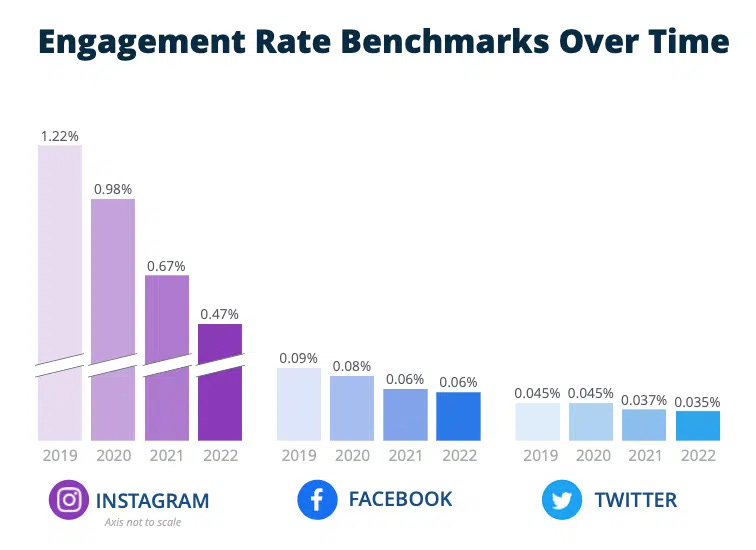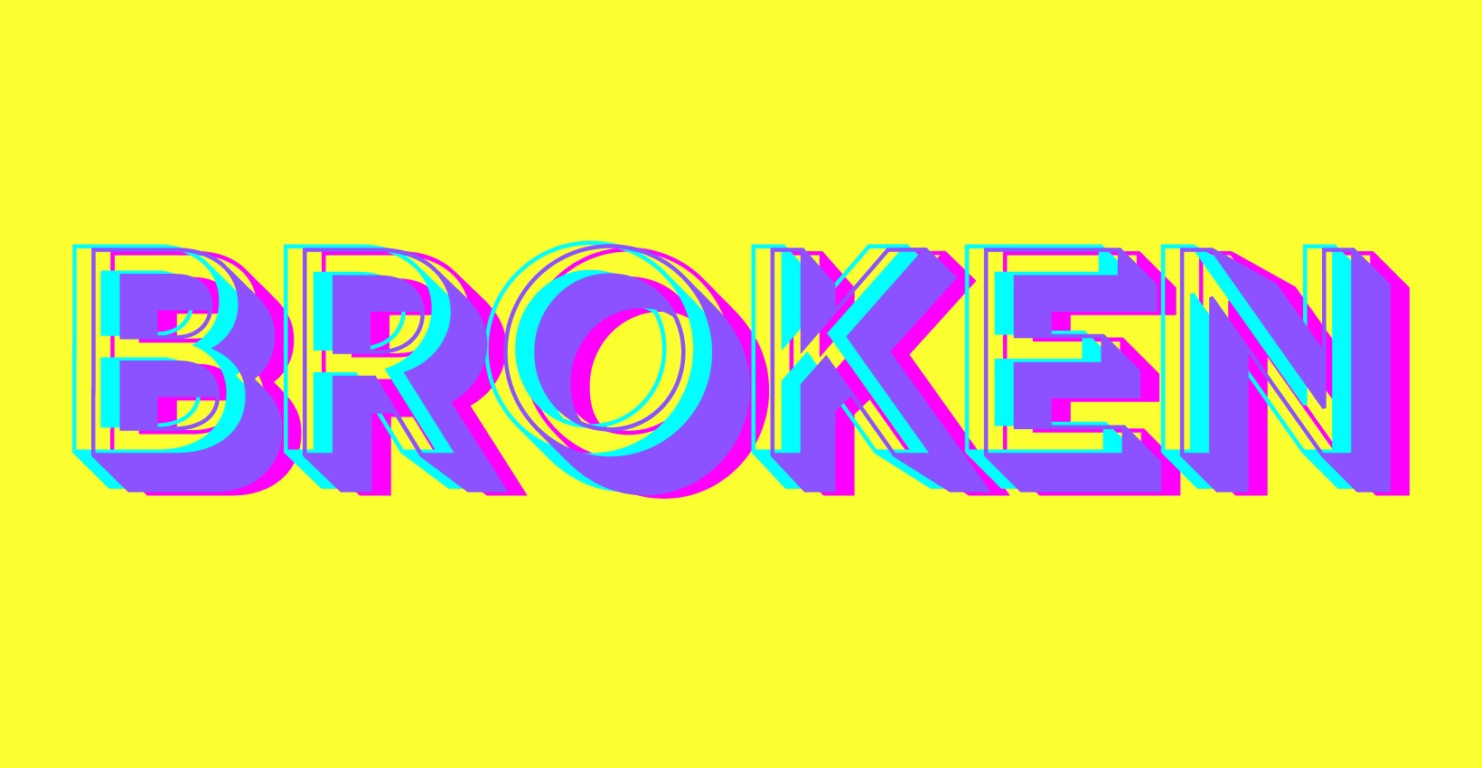Broken: Part 2 – Social Discovery is Broken
First of all, thank you to everyone who voted or commented on our first post in this series. Overwhelmingly, 88% of people responding to the poll said that they thought content discovery through search and social was either not working, or they were seeing engagement dropping off. We also had a great comment from Suw Charman-Anderson, who has been working in the digital and non-profit space longer than pretty much anyone we know:
“If things are bad for news websites now, you should take a look at how bad it has been (for a long time, actually) for small biz, non-profits and individual creators who used to be able to build an audience for their work and now can’t. Traffic and engagement on Twitter cratered a while ago for Ada Lovelace Day and it’s really hard to work out how to replace that.”
We work with a lot of non-profits and have definitely seen this over the last couple of years. It wasn’t only the digital news startups like Buzzfeed and Vice who based their audience development strategy on 3rd party platforms, but a lot of big charities and foundations as well. I was at the ComNet conference in Atlanta in September, the big annual event for comms teams in US non-profits. In the first keynote, Aimee Rinehart from AP gave this stark advice:
“Stop building somebody else’s app. Stop building out Twitter, stop building out Facebook, stop obeying whatever Google wants from you this month for SEO. Build. Your. Own. Audience.”
Amen to that. We’re going to suggest ways you can do that at the end of this series, but first, let’s take a closer look at how content discovery is broken on social.

What’s the insight?
Instead, I’ve been collecting stories about things like nappies (or diapers for our US readers). In an article this week for The Information, Ann Gehan links the bankruptcy of celebrity baby products brand Hello Bello to the impact Apple’s privacy restrictions had on social media advertising. After Apple introduced changes to let users stop advertisers tracking them across the internet, Facebook said that they expect it to cost them $10bn in advertising sales per year, causing their stock to lose $250bn – 26% of its value – overnight.
But it isn’t Facebook that will be most affected – it’ll be the many thousands of Direct to Consumer (D2C) businesses like Hello Bello that based their sales pipeline around social media ad targeting. If you’re looking for signals about how the platforms controlling our internet are changing, it’s worth remembering the first rule of investigative journalism – follow the money.
What’s the counter-argument?
At the birth of Web 2.0, the argument of books like Clay Shirky’s Here Comes Everybody was that the new social networks gave us agency – they let us define the social and media networks we wanted to give our time and attention to. Before this, our media networks were organised by powerful gatekeepers like TV schedulers. The shift to discovery engines is almost like a shift back to schedulers, just this time with heavily personalised, algorithmic schedulers serving up billions of unique streams of content.
But, we still enjoy it, right? Well, maybe not as much anymore. In a remarkable experiment at the University of Chicago earlier this year, users of TikTok and Instagram were asked how much they would pay to take a four-week break from the apps, whilst their friends stayed using them. Then, they were asked how much they would value all their friends stopping using the apps along with them.
The results were remarkable – users would have to be paid $59 to deactivate their TikTok account, but would be willing to pay $20 of their own money for all their friends to leave the app along with them. The authors identify this as a ‘social media trap’ – 64% of TikTok users and 48% of Instagram users in the research said the apps had a negative impact on their welfare. But whilst their social networks relied on the platform, they felt they had to be there. They valued the networks almost a third more when their friends were also on them.
If the shift from social graphs to discovery engines strips out our connection to our social networks, will this be a new era for social apps, or an endgame?
What do you think?
But what impact has this had on our ability to reach audiences? The early years of Storythings, and in particular The Story, an event we ran for 10 years, definitely benefited from the exposure of our social graph. We’ve spent the last few years radically reinventing our communication and marketing strategy to a model that didn’t rely on social platforms, and we’re starting to see the benefits. We’d love to hear from you – are you still managing to build audiences in an age of discovery engines? If so, how are you doing it?

